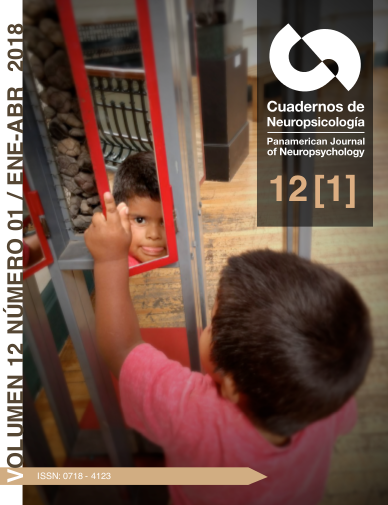Deep Brain Stimulation: An Emerging Technique in Treatment of Alzheimer’s disease
Abstract
Abstract
Deep brain stimulation is a therapeutic method that has been studied in animal experiments and clinical trials in degenerative diseases and has a huge potential if applied to Alzheimer's disease. In this review, it is described the deep brain stimulation technique and the underlying physical principles. It is also listed some of the most relevant studies performed in this scope to better understand the mechanisms of stimulation performance in relation to the improvement of cognitive performance related mainly to memory, neurogenesis and improved glucose metabolism and reduced expression of disease-causing proteins and increased levels of acetylcholine.
Keywords: deep brain stimulation; Alzheimer’s disease; neural stimulator; memory; neurogenesis; acetylcholine
Resumen
La estimulación cerebral profunda es un método terapéutico que se ha estudiado en experimentos con animales y ensayos clÃnicos en enfermedades degenerativas y tiene un enorme potencial si se aplica a la enfermedad de Alzheimer. En esta revisión, se describe la técnica de estimulación cerebral profunda y los principios fÃsicos subyacentes. También se enumeran algunos de los estudios más relevantes realizados en este ámbito para comprender mejor los mecanismos de la estimulación en relación con la mejora del rendimiento cognitivo relacionados principalmente con la memoria, la neurogenesis y el incremento del metabolismo de la glucosa y la reducción de la expresión de proteÃnas causantes de enfermedades bien como el aumento de niveles de acetilcolina.
Palabras clave: estimulación cerebral profunda; enfermedad de Alzheimer; estimulador neural; memoria; neurogenesis; acetilcolina
Â
Resumo
A estimulação cerebral profunda é um método terapêutico que foi estudado em estudos com animais e ensaios clÃnicos em doenças degenerativas e apresenta um enorme potencial se aplicado à doença de Alzheimer. Nesta revisão é descrita a técnica de estimulação cerebral profunda e os princÃpios fÃsicos subjacentes. São também enumerados alguns dos estudos mais relevantes realizados neste âmbito para melhor compreender os mecanismos de estimulação em relação à melhoria do desempenho cognitivo relacionado principalmente à memória, neurogénese e melhoria do metabolismo da glicose e redução da expressão de proteÃnas causadoras de doenças e aumento dos nÃveis de acetilcolina.
Palavras-chave: estimulação cerebral profunda; doença de Alzheimer; estimulador neural; memória; neurogénese; acetilcolina.
Downloads
How to Cite
Issue
Section
License
Articles published in this journal are protected under the Creative Commons Attribution-NonCommercial-ShareAlike 4.0 International (CC BY-NC-SA 4.0) license. This means that authors retain full rights over their research and publications at all times. As a journal, we fully respect and promote the principles of open access established by this license, allowing the work to be shared, adapted, and distributed for non-commercial purposes, provided that appropriate credit is given to the authors and any derivative works are licensed under the same terms.
Authors are responsible for obtaining the required permission when they wish to reproduce part of the material (figures, etc.) from other publications.
Likewise, CNPs allows authors to host in their personal sites or other repositories that they deem convenient the Final and Definitive Version of the published article with the format assigned by the journal. In no case do we allow access to preprints of the article under evaluation or already published.
When submitting an article to CNPs you are aware that all the contents of CNPs are under a Creative Commons License. In which it is allowed to copy and share the contents freely, always making reference to the origin of the publication and its author.





